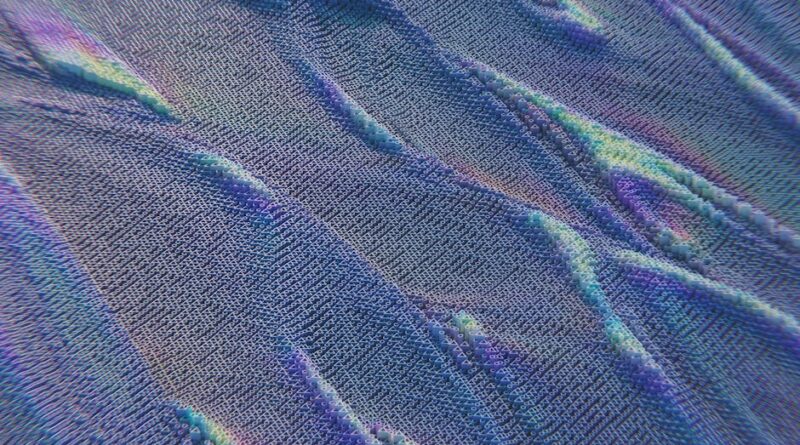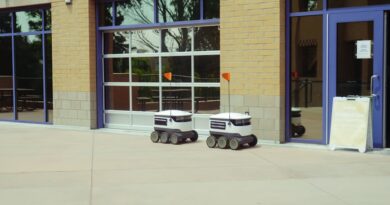How AI is Shaping Creative Industries
Did you know that artificial intelligence (AI) is changing the way we create art, music, and even stories? it’s not just about robots taking over jobs; it’s about collaboration. AI tools are becoming partners for artists and creators. They offer new ways to express ideas and push boundaries. Lets explore how AI is shaping creative industries today.
What is AI in Creative Industries?
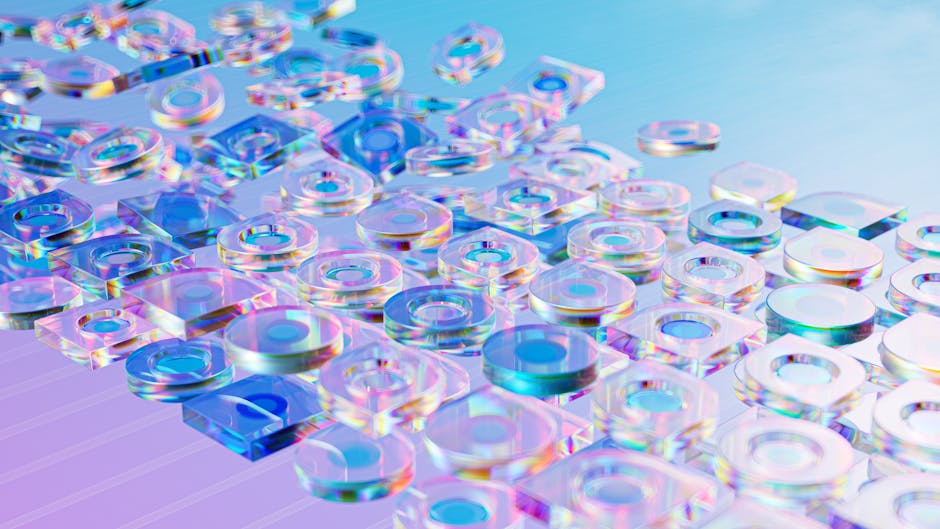
AI stands for artificial intelligence. It refers to systems that can perform tasks that normally require human intelligence. In creative fields, AI can analyze data, generate ideas, and even create original works. Imagine asking a computer to compose a song or write a poem. Sounds wild, right? But it’s happening now.
For example, AI can analyze thousands of songs to understand patterns. Then, it can create new music that feels familiar but is completely original. This is not just happening in music but also in art and writing.
How is AI Enhancing Visual Arts?
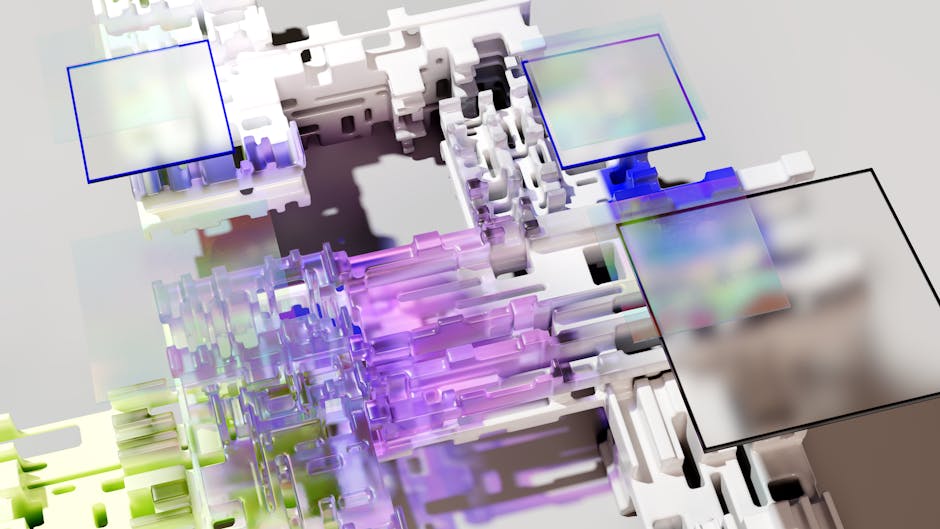
AI is shaking up the art world in exciting ways. Artists can use AI tools to create stunning visuals. Programs can generate paintings, sketches, and even 3D models. One popular example is DeepArt, which turns photos into artwork using different styles.
Another fascinating tool is DALL-E, an AI that can create images from text descriptions. Want to see a cat wearing a wizard hat on a mountain? Just type it in, and DALL-E does the rest!
- AI helps in creating unique styles.
- It saves time by automating repetitive tasks.
- Artists can experiment with new forms and ideas.
In this way, AI acts as a creative assistant. It pushes artists to explore new territories and think outside the box.
Can AI Replace Human Artists?
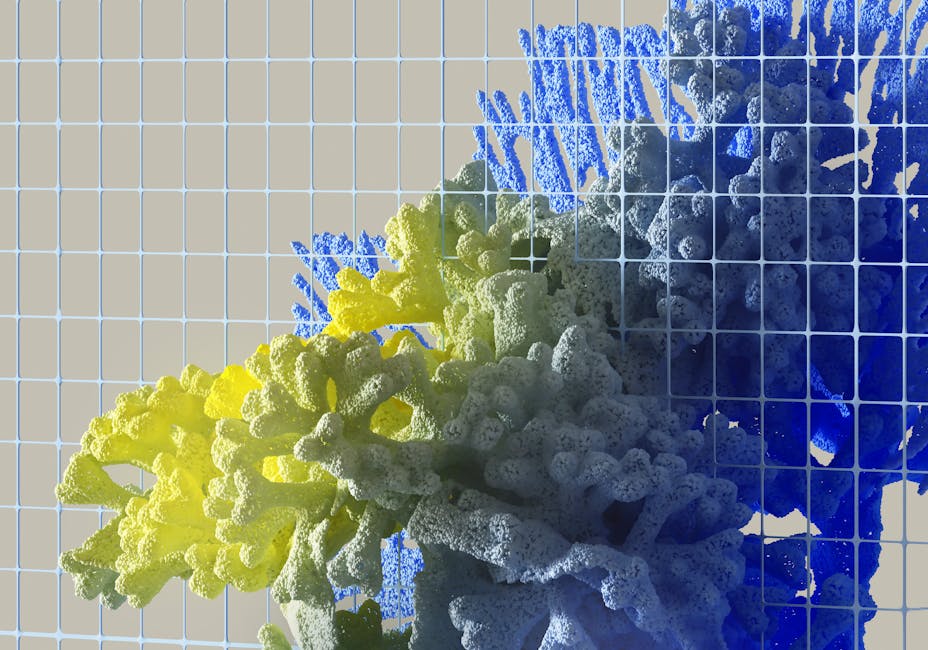
A common question arises: Can AI replace human artists? The answer is nuanced. While AI can create impressive works, it lacks the emotional depth and personal experiences that human artists bring to their creations.
AI can mimic styles and generate new ideas, but it doesnt feel. Art is often about expressing feelings and thoughts. Human artists infuse their work with personal narratives. AI can assist but not fully replace the human touch.
What about Music Creation with AI?
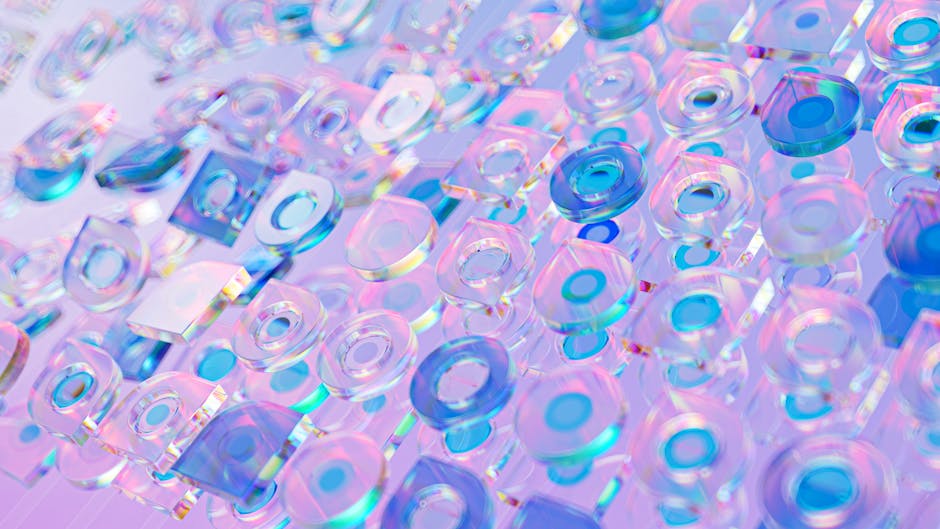
In the music industry, AI is making waves. Tools like OpenAI’s MuseNet can compose music in various genres. Whether you want jazz, classical, or pop, MuseNet can whip up a tune for you.
In fact, some artists are already collaborating with AI. They use it to generate melody ideas or even entire tracks. This partnership allows musicians to explore new sounds while retaining their artistic vision.
- AI can analyze trends in music.
- It helps create hooks and melodies.
- Musicians can innovate while saving time.
By leveraging AI, musicians can focus more on the creative aspects and less on technical details.
How is AI Impacting Writing and Storytelling?
Writing is another area where AI is making an impact. Tools like GPT-3 can generate text that resembles human writing. This opens up possibilities for authors, marketers, and content creators.
Writers can use AI to brainstorm ideas, create outlines, or even draft entire sections of text. While it’s not a replacement, it can be a helpful tool for overcoming writer’s block.
- AI can suggest plot twists or character names.
- It helps in creating engaging headlines for articles.
- Content creators can generate social media posts quickly.
Imagine a novelist brainstorming with a smart AI. They can bounce ideas back and forth, making the writing process more dynamic.
What Are the Downsides of AI in Creative Fields?
While AI offers many benefits, it also comes with challenges. One major concern is copyright. If an AI creates a piece of art, who owns it? The artist? The programmer? This question is still up for debate.
Another issue is quality. Not all AI-generated content is great. Sometimes, it lacks the depth that human creativity provides. Therefore, relying solely on AI could lead to a bland or generic output.
How Can Creatives Make the Most of AI?
So, how can creators use AI effectively? Here are some tips:
- Start small: Experiment with simple AI tools to see what works for you.
- Combine AI with your skills: Use it as a springboard for your ideas.
- Stay informed: Keep up with new AI tools and trends in your industry.
By incorporating AI into their work, creatives can enhance their process and open up new avenues for inspiration.
What Does the Future Hold for AI in Creative Industries?
The future of AI in creative industries looks bright. As technology advances, we can expect even more innovative tools. These tools will likely become more intuitive and accessible, allowing creators to experiment freely.
Experts believe that AI will not just assist but also inspire new forms of creativity. For instance, virtual reality (VR) and AI could merge to create immersive storytelling experiences. Imagine being part of a story where you interact with characters generated by AI!
However, it’s important to approach these changes thoughtfully. Maintaining the human touch in creativity is crucial. AI should be a tool that amplifies our skills, not replaces them.
Are There Ethical Considerations with AI?
Absolutely! The rise of AI in creative industries brings ethical questions. For example:
- How do we credit AI-generated work?
- Can AI perpetuate biases found in training data?
- What happens to traditional artists in a world dominated by AI?
Addressing these questions is vital for a balanced approach. The creative community must work together to ensure that AI is used responsibly.
Conclusion: Embracing AI for Creativity
AI is not just a buzzword; it’s an exciting tool for creativity. It enhances visual arts, music, and writing, allowing artists to explore new possibilities. While there are challenges and ethical concerns, the benefits of AI are undeniable.
As we move forward, creatives should embrace AI as a partner. By blending human insight with AI capabilities, we can create a rich tapestry of innovation. The key is to stay engaged and informed about how to use these tools wisely.
Want to learn more about the intersection of technology and creativity? Check out this article on the role of technology in modern art. And remember, the future of creativity is bright when we work together with AI!
For more information on the impact of AI, visit Forbes.
